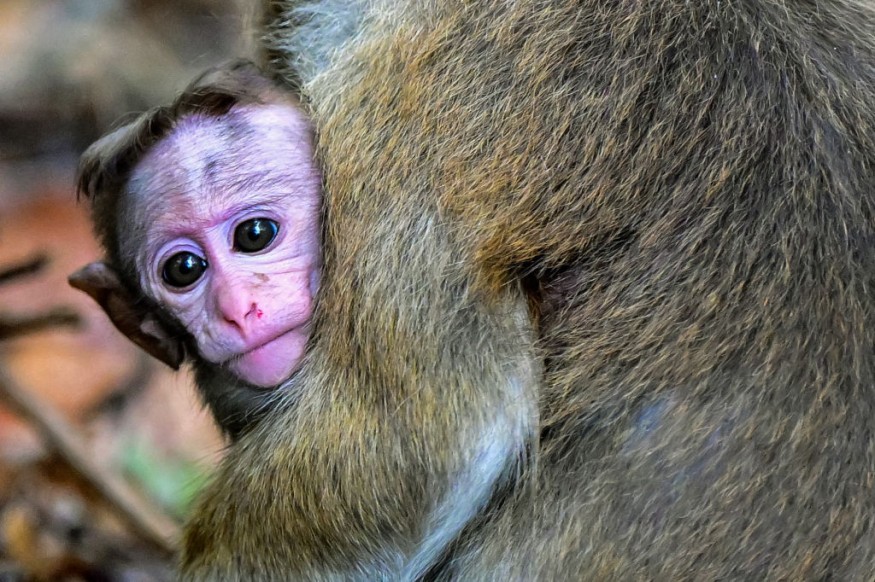
Scientists have successfully restored vision in a monkey by using human stem cells to repair a macular hole in its retina.
This remarkable achievement could lead to new treatments for vision loss in humans and other animals. The research was published this month in Stem Cell Reports and represents a significant advancement in retinal transplantation.
Macular holes are small gaps that develop in the center of the retina, which is crucial for sharp central vision. These holes can cause blurry vision and blind spots, making them challenging to treat.
Currently, only 90% of macular hole cases can be treated surgically, and even then, patients may experience loss of peripheral vision due to the methods used. Typically, doctors attempt to move healthy retinal tissue to patch the hole, but this approach often creates new vision problems.
Innovative Stem Cell Patch Improves Vision in Monkey
To tackle this issue, the research team created a patch from human stem cells, which have the potential to become various cell types. By transplanting this patch into the monkey's damaged retina, the scientists aimed to restore the monkey's vision without sacrificing healthy retinal cells.
The experiment involved transplanting retinal cell precursors derived from a human embryo into the right retina of a snow monkey with a macular hole. After six months, researchers re-evaluated the monkey's vision. Before the treatment, the monkey could only focus on 1.5% of dots during vision tests.
However, after receiving the stem cell transplant, the monkey's ability to focus improved significantly, with results showing that it could fix its gaze on between 11 and 26% of dots in multiple tests, said Futurism. This notable improvement suggests that the stem cell treatment may be effective in repairing damaged retinas.
Despite this success, the study raised ethical concerns. To fully assess the results of the treatment, scientists had to remove the monkey's eye, which is a sensitive issue in animal research.
However, the examination revealed that new visual cells had grown in the retina, indicating the potential for effective vision restoration through stem cell therapy.
© 2025 ScienceTimes.com All rights reserved. Do not reproduce without permission. The window to the world of Science Times.












